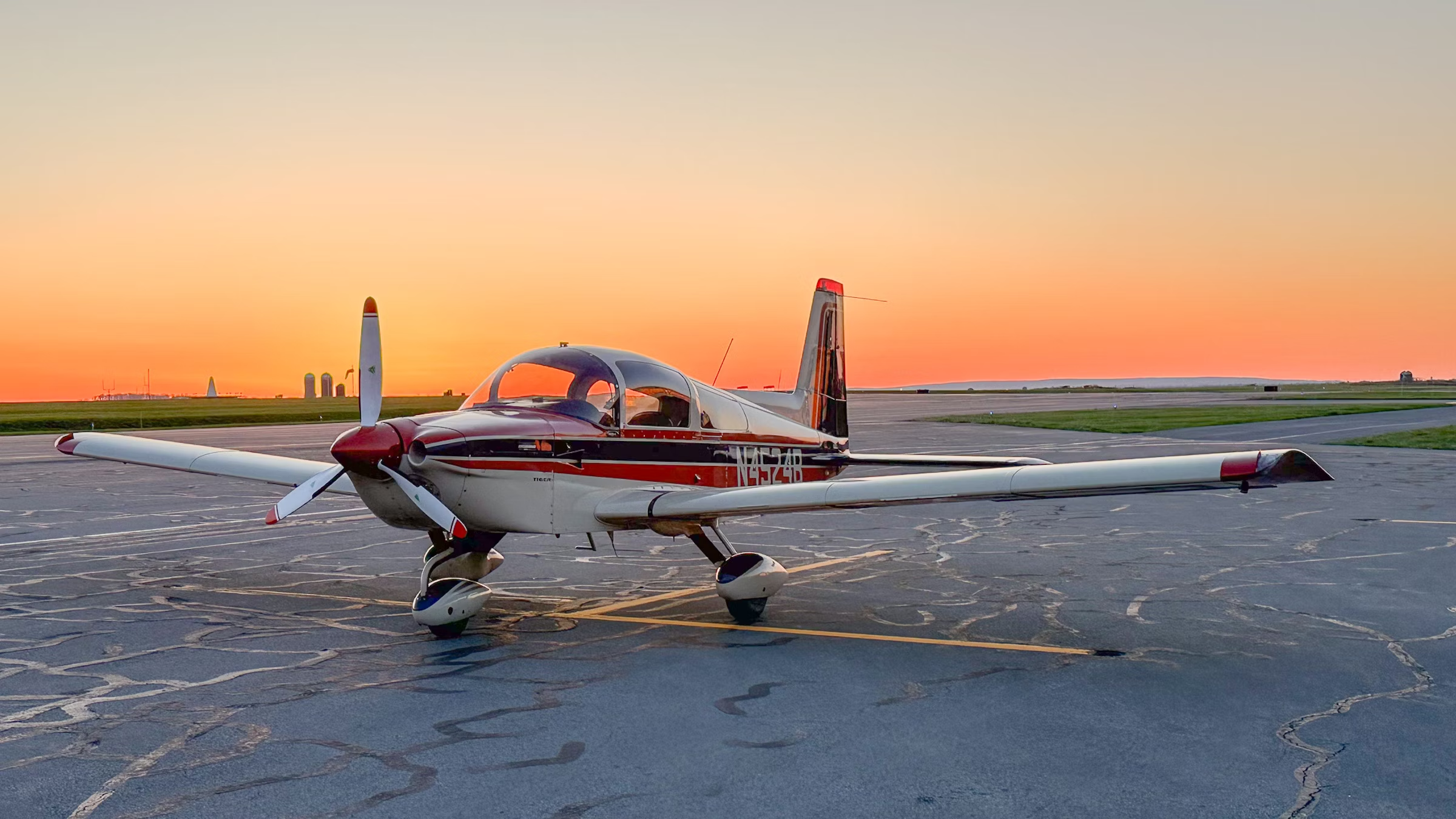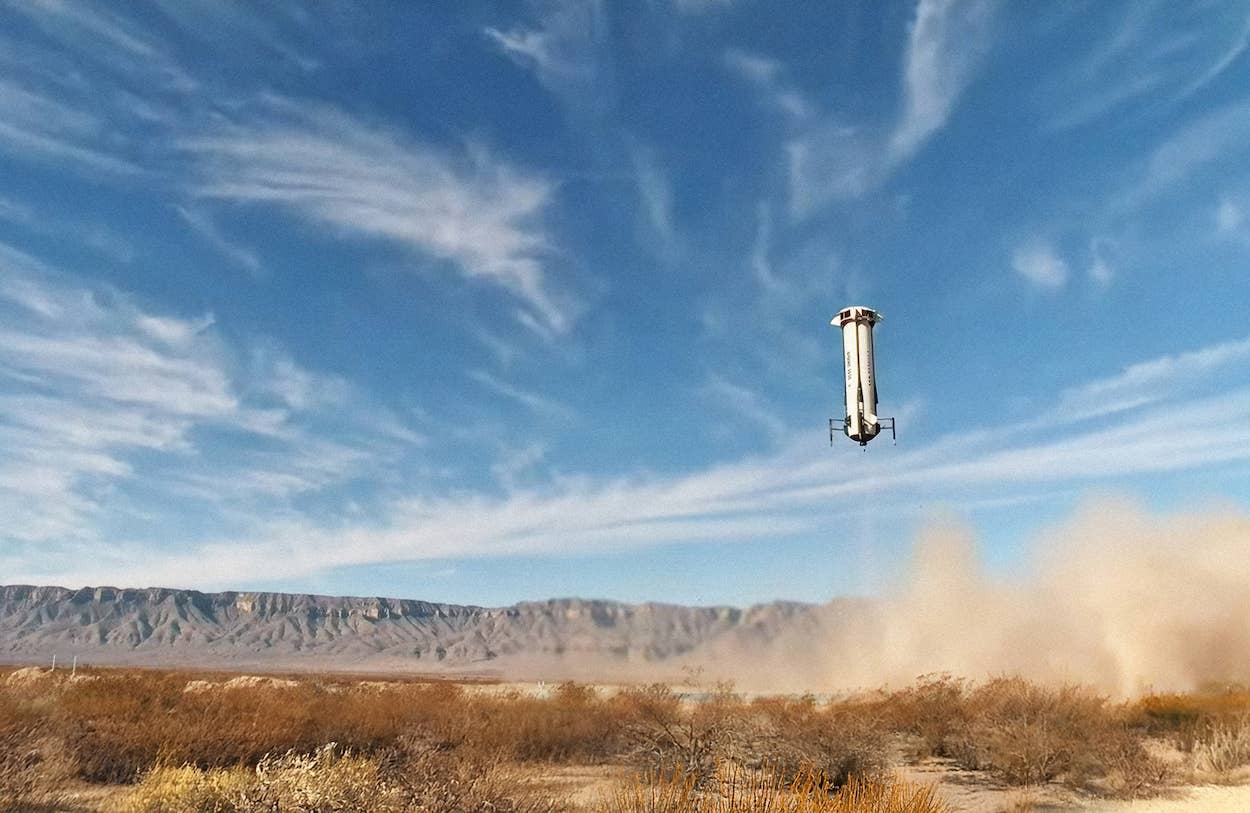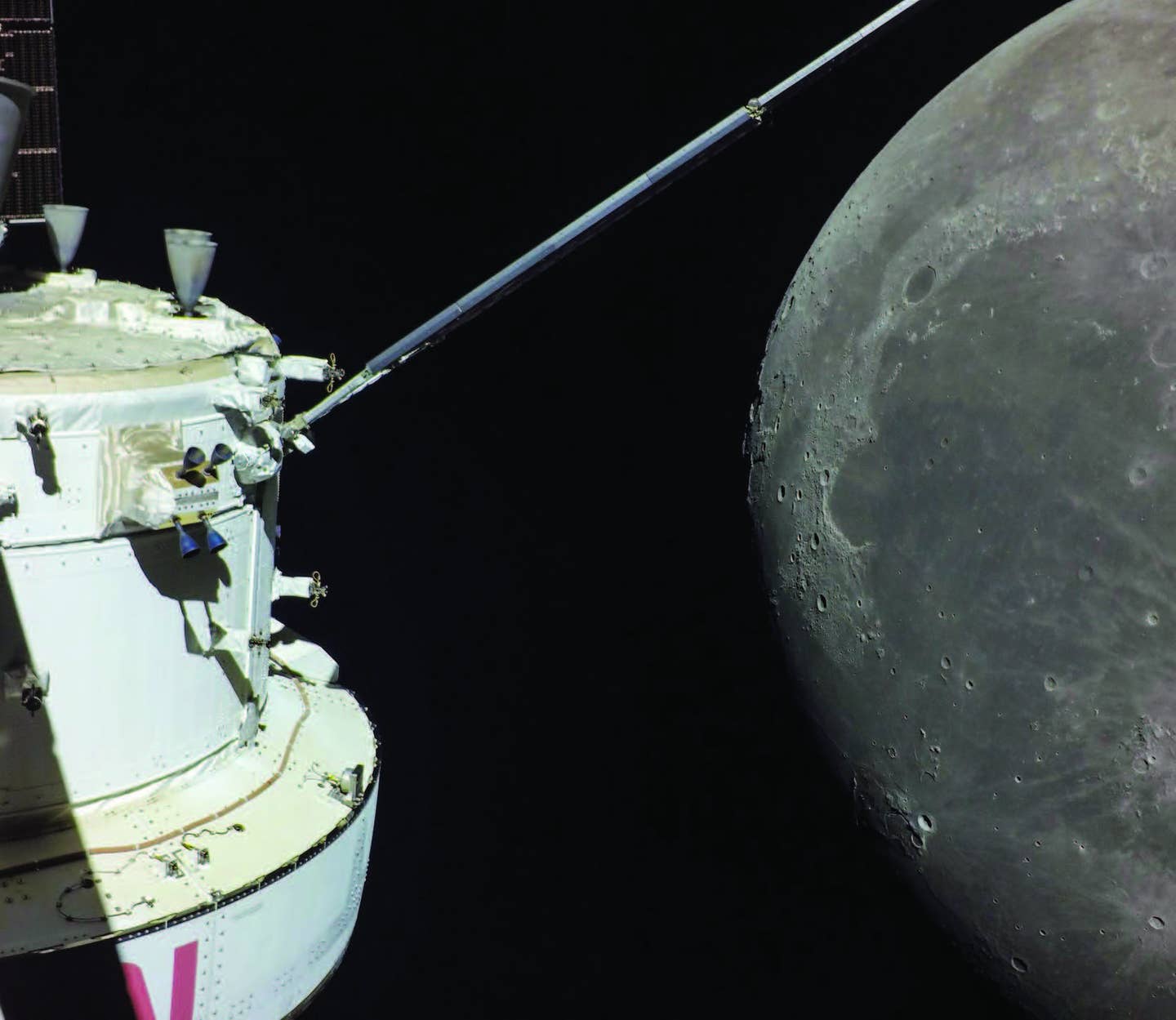NASA Astronauts Will Wear Prada for Artemis Moonwalk
Axiom Space unveils the spacesuit, designed in partnership with the luxury brand, that Artemis III astronauts will wear on the moon’s surface.

NASA astronauts will wear this specially designed suit—developed by Axiom Space in partnership with Prada—when they walk on the moon as soon as 2026. [Courtesy: Axiom Space]
NASA private contractor Axiom Space on Wednesday unveiled the flight design of its extravehicular mobility unit (AxEMU) spacesuit: the one astronauts will wear as they explore the lunar south pole during the Artemis III moon mission, tentatively scheduled for September 2026.
Axiom received a nearly $230 million task order to develop the AxEMU suit, which Artemis astronauts will test out on the lunar surface. The task order is part of a contract with NASA worth up to $3.5 billion that also includes Collins Aerospace, which earlier this year abandoned efforts to develop extravehicular activity (EVA) spacesuits under its own $100 million task order.
NASA’s current EVA suits are more than four decades old, and recent malfunctions have forced the space agency to postpone several spacewalks.
“We have broken the mold,” said Matt Ondler, president of Axiom Space. “The Axiom Space-Prada partnership has set a new foundational model for cross-industry collaboration, further expanding what’s possible in commercial space.”
Artemis III will land a crew at the lunar south pole, so Axiom’s suit is designed to withstand extreme temperatures in regions devoid of sunlight. Its portable life support system will keep astronauts safe on spacewalks for up to eight hours, the company says.
Axiom says its design is more flexible, efficient, and safe than NASA’s existing suits. The AxEMU boots, for example, are built to withstand rough terrain and the freezing cold, while the helmet and visor covering are designed to improve astronauts’ vision of their surroundings. The suit can accommodate crew of nearly all body types.
Several AxEMU systems are redundant, including an onboard diagnostic system that tracks the wearer’s vital signs. Astronauts can control its temperature using a carbon dioxide scrubber and cooling system. A 4G/LTE communications system allows them to keep in touch with the rest of the crew during excursions.
The outer suit material, which was designed in partnership with Prada, will reflect heat and protect against small projectiles like dust.
“I’m very proud of the result we’re showing today, which is just the first step in a long-term collaboration with Axiom Space,” said Lorenzo Bertelli, chief marketing officer and head of corporate social responsibility for Prada Group. “We’ve shared our expertise on high-performance materials, features, and sewing techniques, and we learned a lot.”
According to Axiom, the suit will be designed for missions on the moon as well as in low-Earth orbit. That could be enticing for non-NASA customers that have different missions in mind.
The firm on Wednesday said the AxEMU suit is close to the final stage of development, with a critical design review expected next year. Already, it has endured underwater, reduced gravity, and pressurized simulation testing at NASA facilities. In the coming months, the space agency will perform crewed underwater testing at its Neutral Buoyancy Laboratory and gauge the suit’s fit with the prototype lunar rover the Artemis astronauts will drive.
Simultaneously, Axiom is developing the Axiom Station: one of several commercial space outposts that could replace the International Space Station (ISS) when NASA destroys it at the end of the decade. The firm has already completed three NASA-approved private astronaut missions to the ISS and is scheduled for a fourth in Spring 2025.
NASA’s largest commercial partner, SpaceX, meanwhile, has developed its own EVA spacesuit, which debuted during the first civilian spacewalk on September’s Polaris Dawn mission. The company claims it will one day manufacture thousands of suits for future astronauts to build and explore on Mars.
Like this story? We think you'll also like the Future of FLYING newsletter sent every Thursday afternoon. Sign up now.

Sign-up for newsletters & special offers!
Get the latest FLYING stories & special offers delivered directly to your inbox






